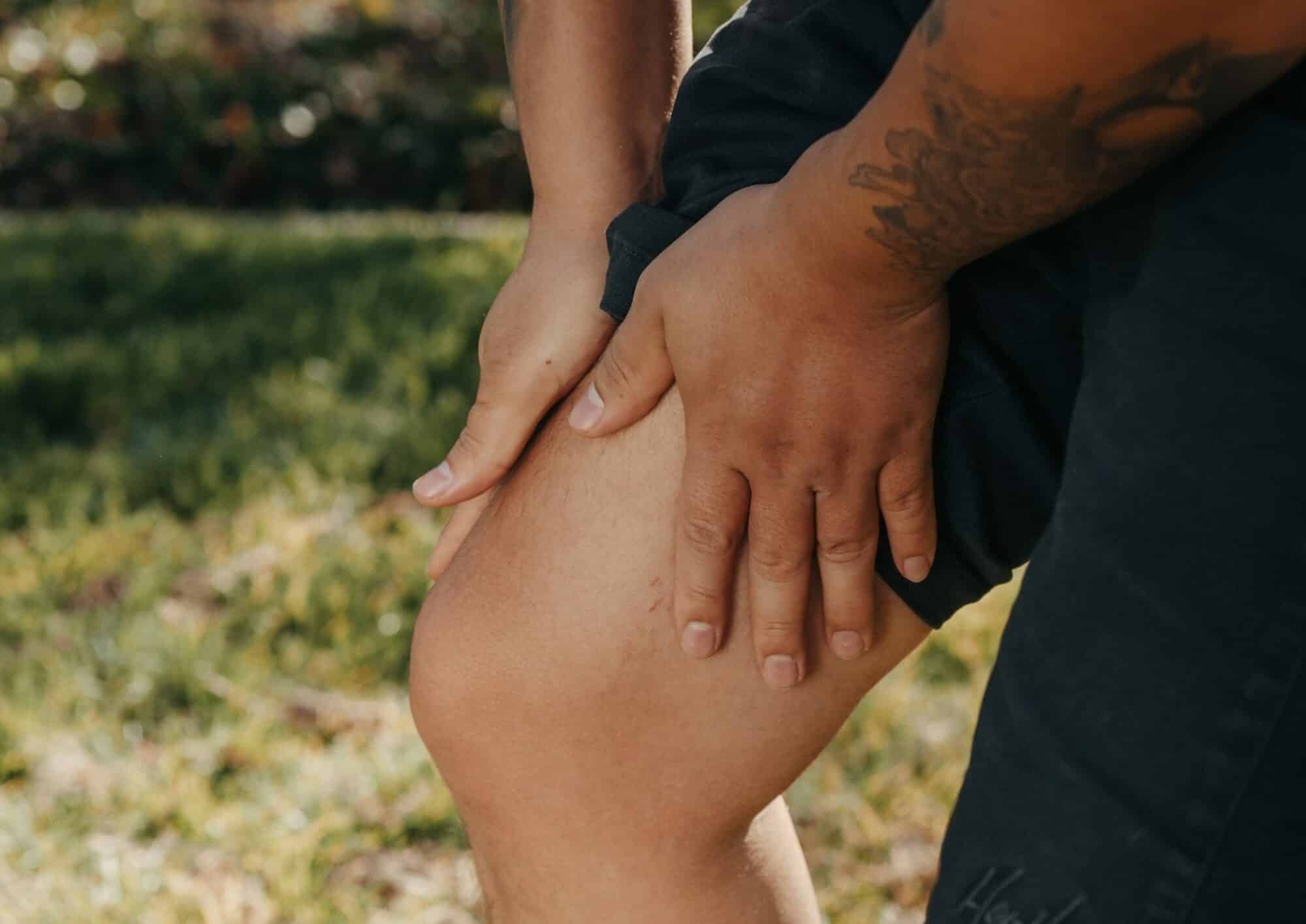Running is a form of exercise that never goes out of fashion. And with gyms and sports facilities closed during lockdown, it’s become ever more popular – an accessible and relatively easy way to stay active.
What causes running injuries?
But running, particularly on tarmacked roads, is a high-impact sport that can lead to injuries. This is especially true if you’re new to the sport or ramping up your mileage.
Running generally puts strain on your knees, ankles and feet. And factors like being overweight, running a high distance each week, wearing old or ill-fitting shoes and having a low walking step count can put you at a higher risk of injury.
Below are some of the most common running injuries and our tips on how you can avoid them.
Common running injuries to the knee
Under pressure from repeated impact especially when running on roads, knee pain is very common for runners.
- Runner’s knee
The clue’s in the title! Runner’s knee, also called patellofemoral syndrome1, is a pain that occurs in the front of the knee or around the kneecap. It’s often caused by excessive stress on the joint between the kneecap and thigh bone.
- IT band syndrome
IT band is short for iliotibial band – the long piece of connective tissue that runs from the outside of the hip to the knee. It’s characterised by sharp pain on the outside of the leg, usually just above the knee. Because the syndrome is often caused by repetition, pain can become more intense when bending the knee.
Common running injuries to the foot and ankle
Whether from impact or a twist or turn, foot and ankle pain can affect any runner. Common injuries include:
- Sprained ankle
Many of us will have experienced this in childhood. This common injury occurs when the foot is twisted too far or turned over and stretches or tears the ligaments that support the ankle joint.
- Plantar fasciitis
This intensely painful injury, common amongst runners, is caused when the fascia – the thick layer of tissue on the underside of the foot – becomes irritated. The fascia usually acts as a spring for the body, but if it’s overworked or stressed the area can become inflamed and painful.
Common running injuries to the lower leg
If you have flat feet, you may be more likely to suffer from lower leg running injuries, including the following:
- Stress fractures
Stress fractures are hairline cracks that form in the bone, caused by repetitive stress or impact. They typically occur around the shins and the top of the foot, causing great pain and discomfort. Common in runners, they are often the result of overwork e.g., upping your weekly running mileage too quickly.
- Shin splints
Although not super serious, shin splits are nevertheless very painful. The term refers to pain that occurs on the front or inner part of the lower leg, across the shinbone. It’s a typical running injury, particularly for those changing or increasing the way that they train.
How to avoid or treat running injuries
Sick of niggling injuries stopping your progress? Here’s how to avoid injury and treat existing conditions so you can get back on track.
Avoiding injuries
The simple steps below will help to prevent or stop injuries from getting worse.
- Warm-up properly – stretching before you start your run will ensure that the muscles are supple and warm.
- Increase the amount you run GRADUALLY – this is a key tip, and one that will help you avoid injuries brought about by strain and repetition. Try not to increase your weekly running total by more than 10%.
- Rest up – if you have niggling injuries, rest them. If you don’t, they could develop into something more serious.
- Try soft surfaces – if you’re struggling with injury, run on grass, Astroturf, rubber running tracks or sand. Stay away from hard roads and pavements, particularly if dealing with a niggling injury.
- Add other ways to train – consider adding low-impact workouts like cycling or swimming to give your joints a break from the impact of running.
Treating injuries
Running is a high-impact sport where injuries are common. Here’s how to treat them if you get hurt.
- RICE (rest, ice, compression, elevation) is the go-to treatment for most non-serious running injuries.
- Physical therapy – if you see a physiotherapist, they will provide tailored exercises to help your injury heal.
- Take anti-inflammatories, like aspirin or ibuprofen.
- Cut back on how often and how far you run.
- BioWaveGO will help to treat the pain of running injuries for up to eight hours at a time and is used by elite athletes to aid rehab and recovery around the world.
Want to read about how our innovative pain blocking technology is helping athletes manage pain and recovery? Read our testimonials.
Sources:
- https://www.bupa.co.uk/health-information/knee-clinic/knee-conditions/patellofemoral-pain-syndrome



